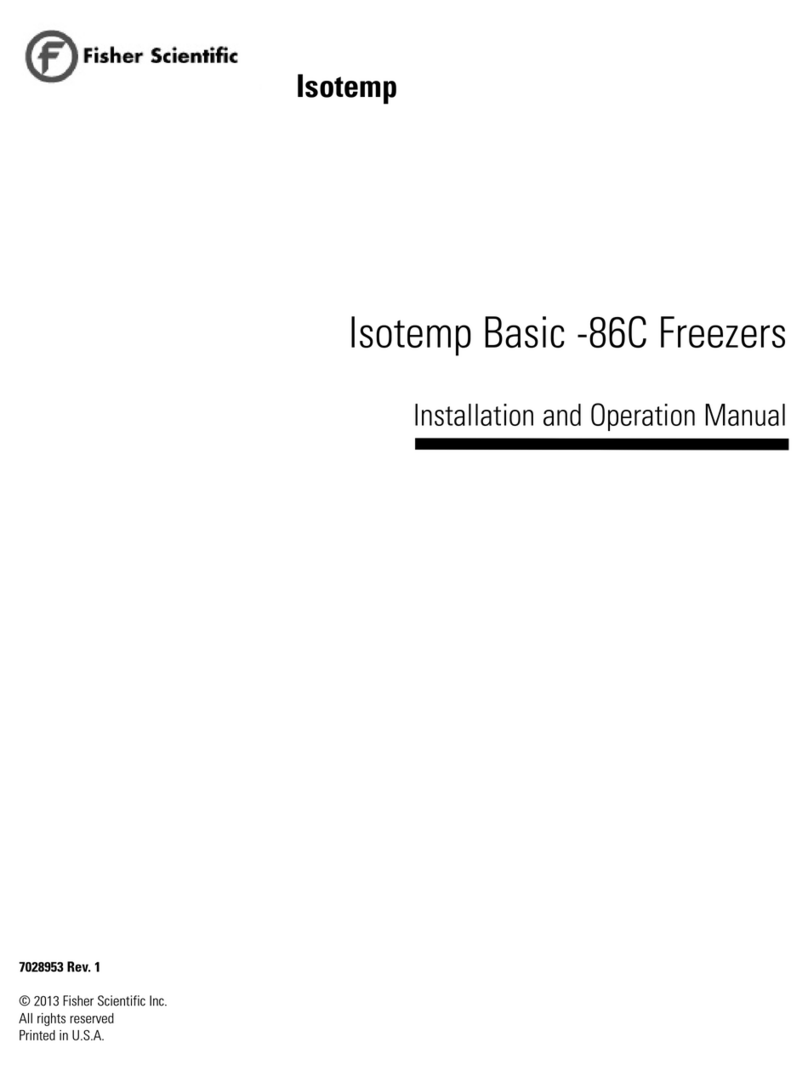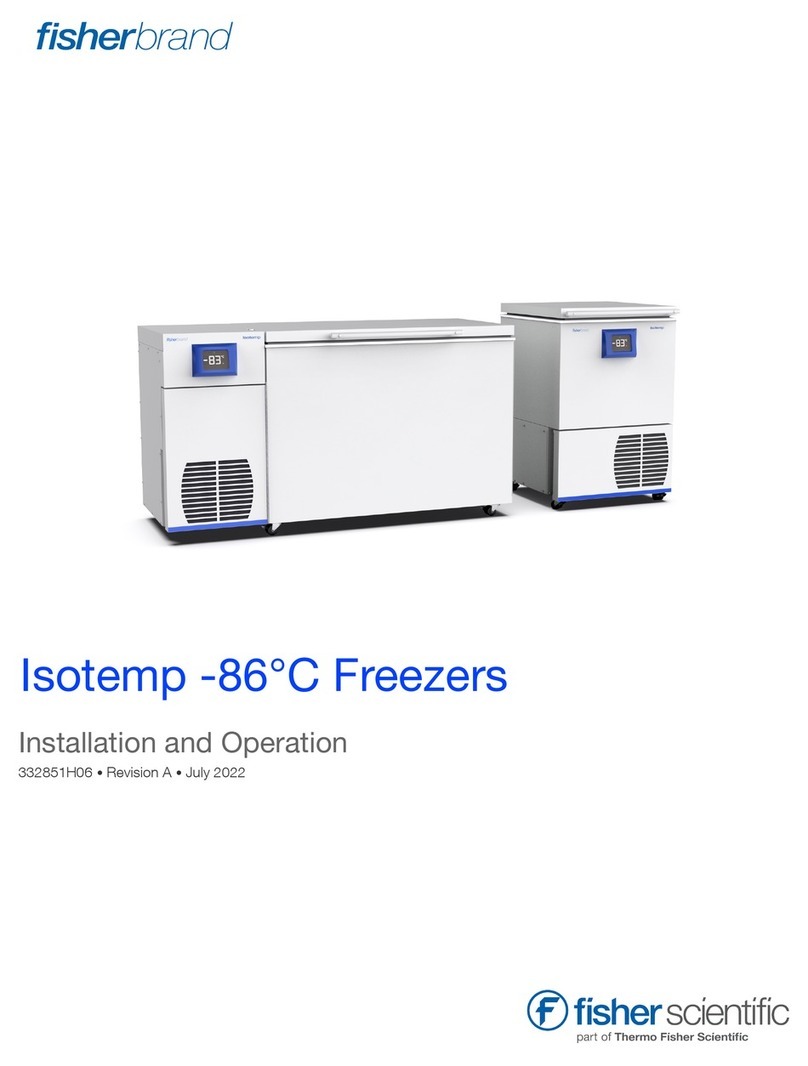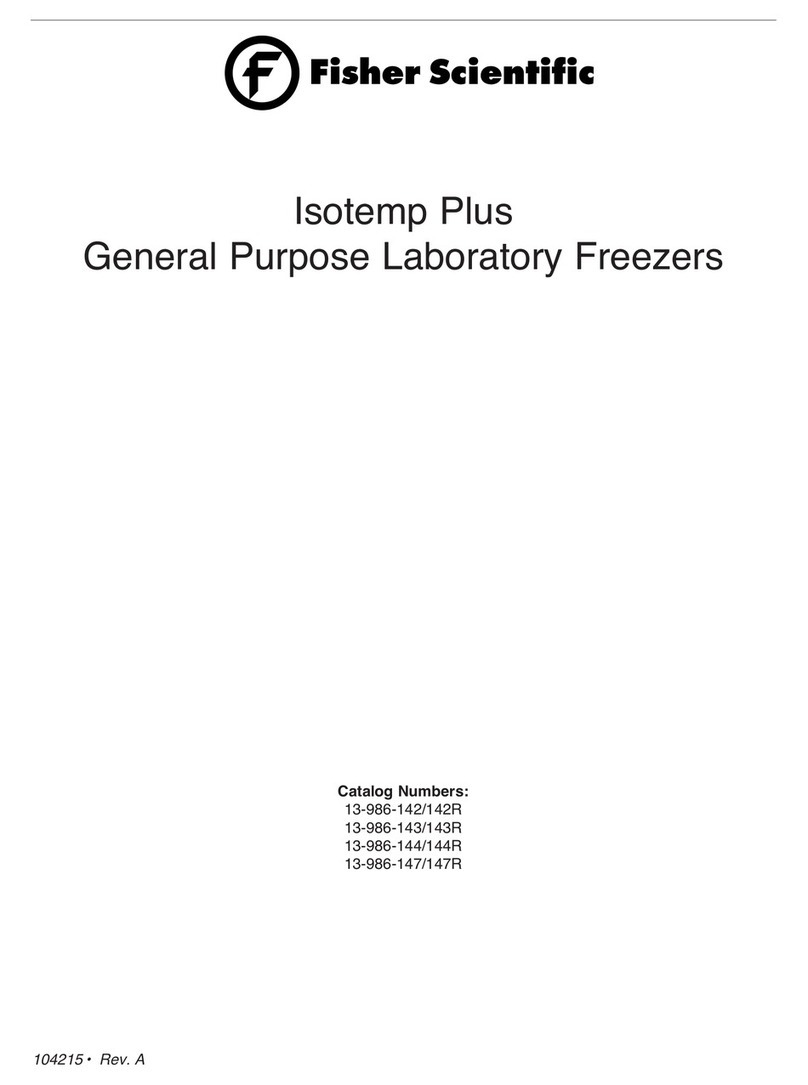
3
Your satisfaction and safety are important to Fisher
Scientific and a complete understanding of this unit is
necessary to attain these objectives.
Before attempting installation, adjustment or maintenance,
be certain of the following:
1. That you have read and fully understand the
instructions.
2. That you have all the tools required and are
trained to use them.
3. That you have met all installation and usage
restrictions and are familiar with the functions
and operation of the unit.
4. That you follow all instructions exactly as given.
As the ultimate user of this apparatus, it is your responsi-
bility to understand its proper function and operational
characteristics. This instruction manual should be thor-
oughly read and all operators given adequate training
before attempting to place this unit in service. Awareness
of the stated cautions and warnings, and compliance with
recommended operating parameters – together with
maintenance requirements – are important for safe and
satisfactory operation. The unit should be used for its
intended application; alterations or modifications will void
the Warranty.
This pro uct is not approve for storage of flammable
or explosive materials. Also, it is not approve for
use in hazar ous locations containing explosive
atmospheres.
This pro uct is not inten e , nor can it be use , as a
sterile or patient connecte evice. In a ition, this
apparatus is not esigne for use in Class I, II or III
locations as efine by the National Electrical Co e,
unless otherwise note .
Safety Information
Warning
Warnings alert you to a possibility of
personal injury.
Caution
Cautions alert you to a possibility of
damage to the equipment.
Note
Notes alert you to pertinent facts and
conditions.
Hot Surface
ot surfaces alert you to a possibility
of personal injury if you come in con-
tact with a surface during use or for a
period of time after use.
Alert Signals
Warning
As a routine laboratory precaution,
always wear safety glasses when
working with this apparatus.
DANGER: RISK OF C ILD ENTRAP-
MENT. BEFORE YOU T ROW AWAY
YOUR OLD REFRIGERATOR OR
FREEZER:
• TAKE OFF DOORS
• LEAVE T E S ELVES IN T E
PLACE SO T AT C ILDREN
MAY NOT EASILY CLIMB INSIDE.

































